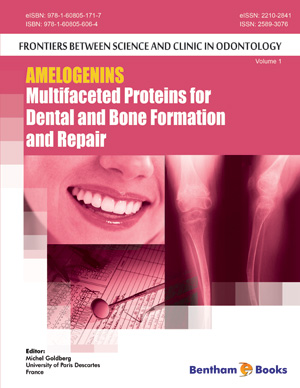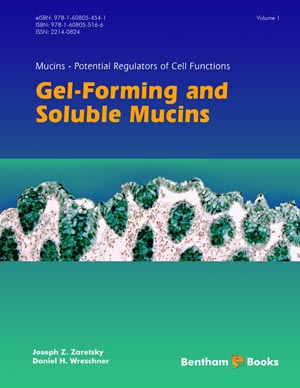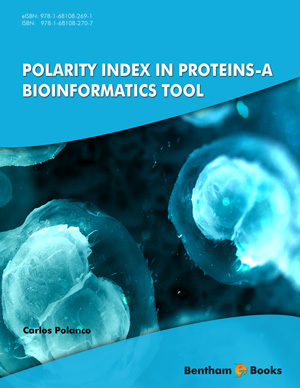Abstract
The developing tooth is a well-recognized model for epithelial-mesenchyme organ formation. It is also a model for biomineralization, in which the formation of several unique bioceramic tissues, dentine, enamel and cementum are formed by the influence exerted by the protein matrix on their mineral habit. Enamel is the only ectodermal derived tissue to biomineralize and demonstrates several informative strategies to meet the requirement to produce a tissue that last a lifetime in a wet, bacterial laden environment subjected to the stresses associated with food ingestion. Enamel formation is dependent upon protein self-assembly to fabricate a precursor protein matrix to direct the mineral phase. Cell to matrix interactions are used to continuously monitor matrix fabrication and the mineral conversion process. We demonstrate the use of an artificial matrix created by nanotechology in which peptide amphiphiles undergo self-assembly into nanofibers that support cell proliferation and whose surfaces can be engineered to present biological signals to direct ameloblast differentiation. This biologically inspired technology may be used for regeneration of enamel tissue, offering a biomimetic alternative to traditional dental materials.
Keywords: Biomineralization, Bioceramic, Enamel, Protein Self-Assembly, Nanotechnology, Nanofibers, Enamel Regenereation











